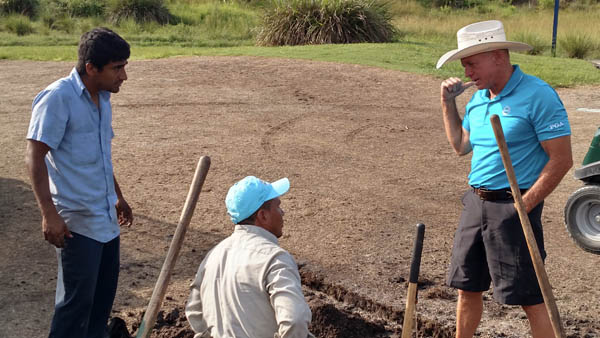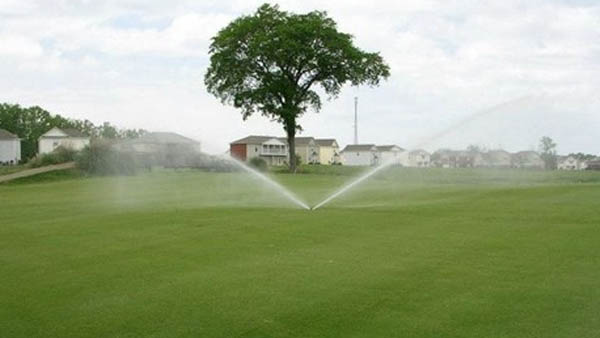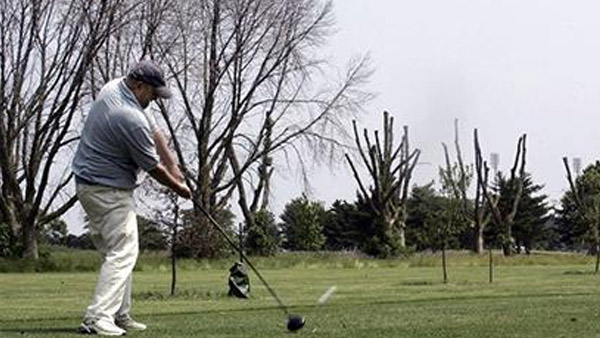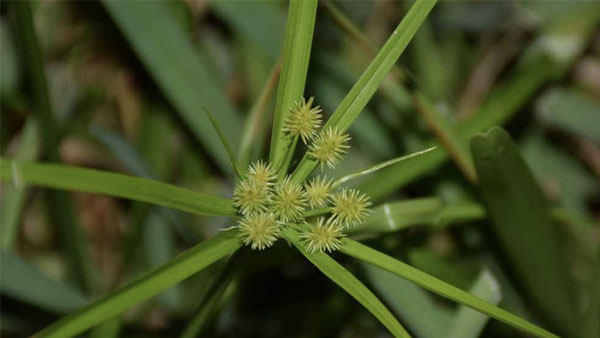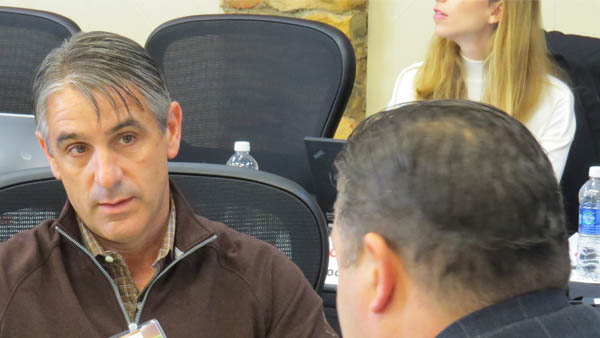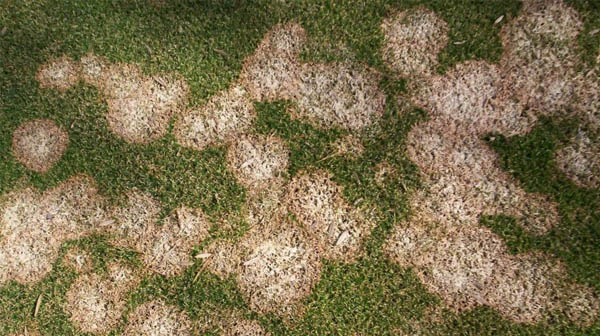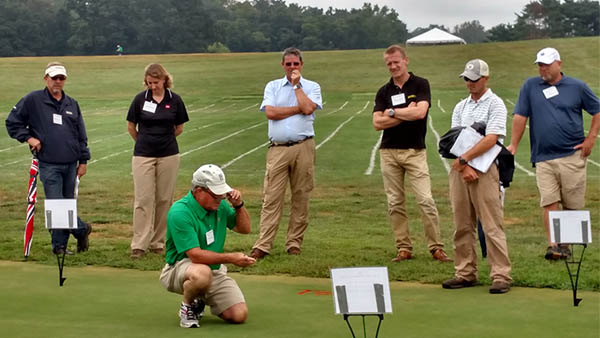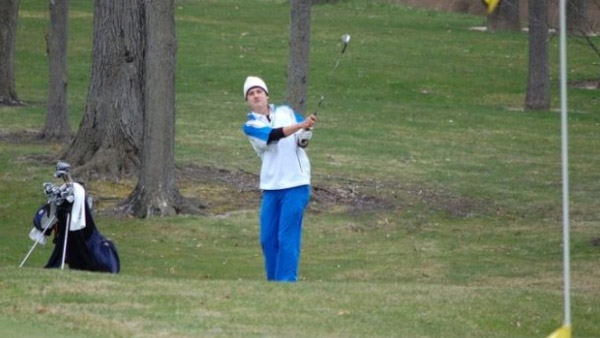
News and people briefs
By John Reitman, in News,

Global Turf Equipment, an independent seller and exporter of pre-owned golf course equipment, named Garry Callahan as director of strategic accounts. Callahan most recently served as a regional manager for Jacobsen. Based near Tampa, Florida, GTE serves golf facilities in 50 states and more than 80 countries. The company offers products from a variety of manufacturers, including Toro, John Deere, Jacobsen and Club Car. Its inventory includes fairway green and rough mowers; top dressers and spreaders; trim mowers; turf aerators, sprayers, vacuums and blowers; utility vehicles and more. Anuvia receives sustainability award
Anuvia Plant Nutrients recently were named Edison Award winners by Edison Universe for its organic MaTRX technology. The company received Bronze Award recognition in the Sustainability category. Its GreenTRX for turf is a slow-release delivery system that mimics what happens to organic matter in the soil. It places up to 17 percent organic matter back in the soil. It does not use any of the current chemical or poly coating technologies used by other slow release products. Anuvia products reduce nutrient losses in the environment and deliver a balanced nutrient package for crops and turf. The Edison Awards and Edison Universe recognize innovation that creates a positive impact on the world. PBI-Gordon names new herbicide manager
PBI-Gordon named Jay Young as its herbicide product manager. He is responsible for planning, developing and directing product strategies and marketing programs for the company's herbicide brands. Young has almost 20 years of experience in the professional turf industry, and most recently was global specialty solutions product manager at FMC Corp. Prior to that, he was assistant superintendent and director of agronomy at several prominent golf courses, and was a territory manager for Harrell's LLC.
- Read more...
- 2,428 views

